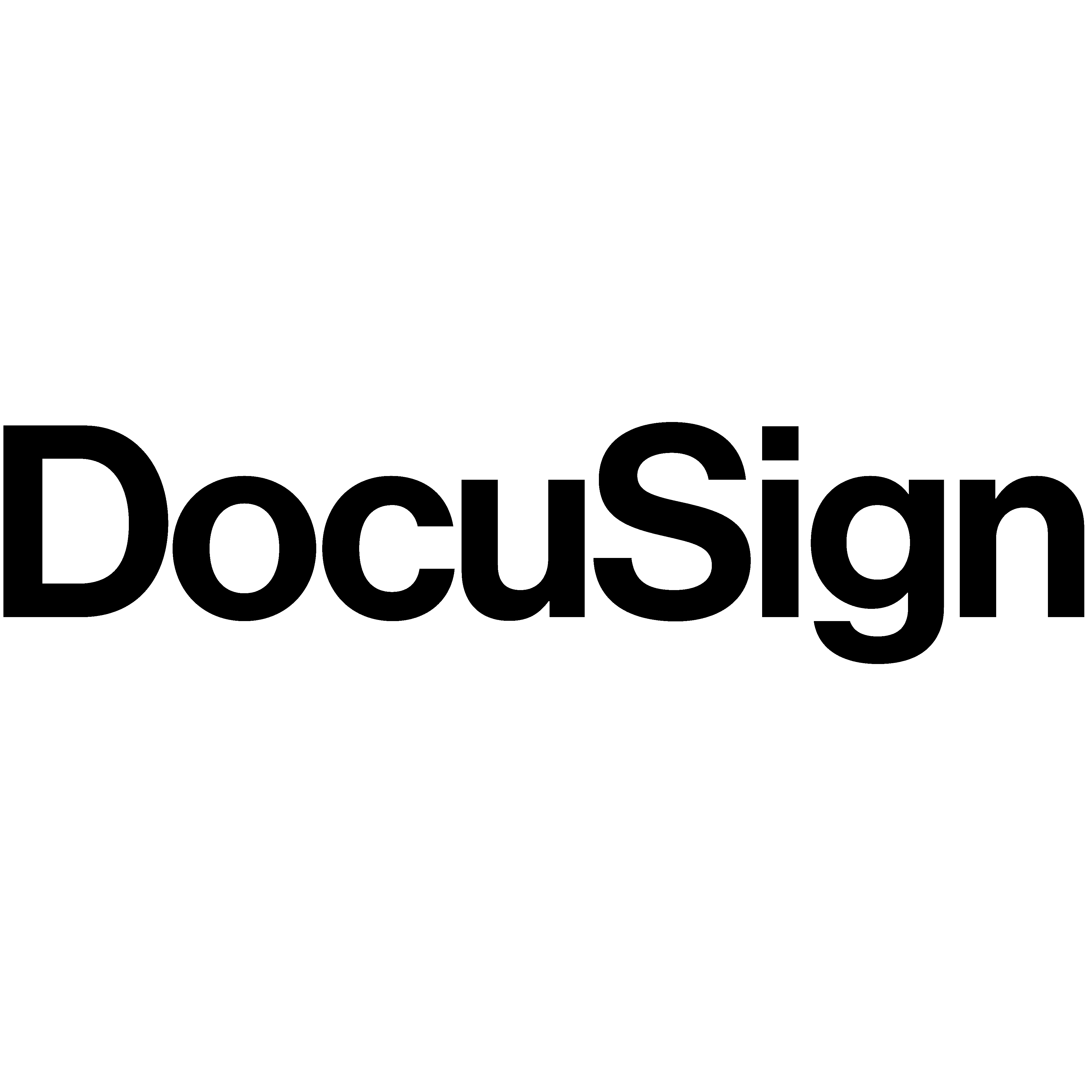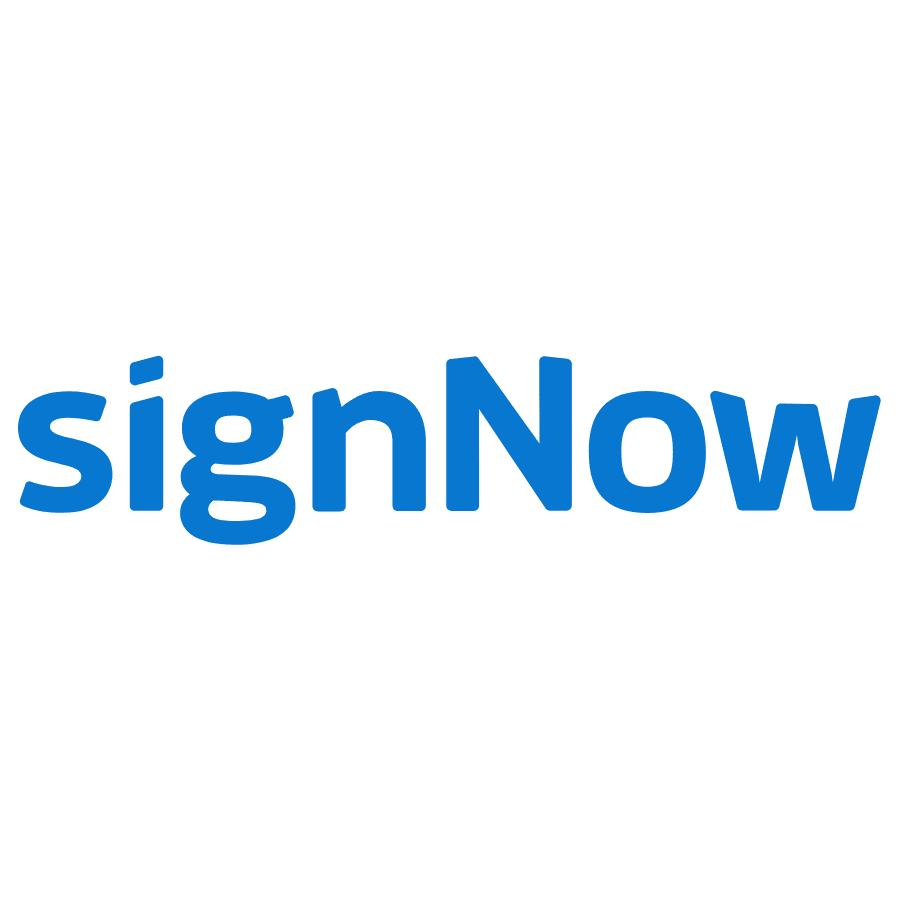

Agreement toward a contract is typically indicated through the exchange of signatures. Traditionally, a signature consisted of a person’s handwritten full legal name. As time passed, individuals started to sign only with their surnames or initials, further stylizing their names.
These days, signing documents involves more than just putting your name on the paper – you can also do it digitally. But whether you use a handwritten signature or digital signatures, one important question remains: should you still sign official documents with your full legal name? Furthermore, how can you guarantee that the signatures you collect are valid and legally binding?
Together, let’s explore this article and find out the answer!
What Qualifies as a Valid Signature?
Typically, a signature consists of a stylized version of a person’s name. However, that is optional since all that is required is a symbol representing you. As with many signatures, it can be a series of squiggles, an image, or, traditionally, an “X” for people who have difficulty signing. A signature is valid so long as it accurately reflects the intent of the parties engaged in a commercial transaction.
This mark is usually made with a pen, but not always. You can make a signature with any object that leaves a mark on the paper. A pencil is not preferred because it can smudge and be erased, but it can be just as valid as a pen signature. The use of stamps and electronic means are also options for generating signatures since they are all distinct writing instruments.
It is possible to appoint a representative (or “agent”) to sign a legal document on your behalf if you cannot.
The law says electronic records, contracts, and signatures have the same legal force as their paper counterparts. Since it is a federal law, it applies to all interstate commerce contracts. However, most states also have their own rules about electronic signatures.
The law essentially recognizes and lets people do things on paper or in some other non-electronic way. Consumers must have the option to “agree electronically, in a way that reasonably shows that the consumer can access information in the electronic form that will be used to deliver the subject of the consent.”
Should my signature match my legal name?
The answer is not always yes, but a signature in ink should look like your legal name. This will keep you from worrying about compliance or validity, which can be very annoying and even cost you in court.
If you sign a document with a signature that is hard to read or doesn’t match the signature on your official ID, like a driver’s license or passport, it may be harder to prove that the document is legal. This is because you could use your official ID if you signed important legal documents.
On the other hand, an online signature is usually easier to track back to the person who signed them, no matter how they look. This makes them more flexible in this way.
Does it have to be your full name when you sign documents?
Have you also asked questions like, “should my legal signature have to be my full name?” or “can I use a nickname instead of my complete name?” Here’s your answer.
So, can you sign using a different name, or do you have to use your genuine one? You should consult a lawyer for specific advice, but in general, you are free to put whatever you choose next to your signature. However, there are a few factors worth thinking about.
Since your signature is a way to identify yourself, you should always be consistent with it. Your complete name isn’t required unless you’re seeking to match an existing approved signature. As an alternative, you may choose to sign only with your middle initial. On the other hand, contracts made by credit card companies, for instance, may require a signature on one spot and only your initials as an acknowledgment on subsequent pages. A more formal signature is needed here to avoid confusion with your initials.
How to Get Started with Electronic Signatures
In response to this rising need for electronic signatures in legal and commercial concerns, the Electronic Signatures in Global and National Commerce (E-SIGN) Act was passed in 2000. This law establishes the validity and enforceability of electronic records, contracts, and signatures like paper documents do.
Whether it is electronic records, contracts, or signatures, they are treated equally to paper versions under the law, and individuals can choose which format they prefer.
Electronic signatures are valid no matter how closely they match the name or ink signature of the person signing. Moreover, the signature is valid when the document shows that the consumer has access to the electronic version of the information used to provide the consent topic.
You can create your electronic signature using e-signature software like Signaturely, Adobe Acrobat Sign, and DocuSign.
A. Signaturely
Use your mouse, stylus, or trackpad to quickly draw and download your signature. Type your name or initials to begin. Then, choose from over 35 typefaces and customize the color to make it your own.
When you pick the ideal font and color, you may download your signature for free; it will then be ready for usage.
Change the thickness, hue, and angle to make it one-of-a-kind.
Download it once you’re finished, and it will be ready for usage.
B. Adobe Sign
Adobe Sign is the standard for professional document and electronic signature apps.
You can use a signature generator in Adobe Sign to make your signature as you sign documents. This allows you to draw, type, or upload your signature.
Once you’ve made your signature, you can put it on the document by clicking or tapping Sign.
C. Docusign
When you click on the link, the document will open in a program like DocuSign that lets you sign it electronically. You must consent to electronic signatures because you might be required to sign again.
After verifying the agreement, if the document was sent through DocuSign, tags with directions to Start or Sign should appear.
Follow the instructions and click each tag to add your digital signature. Afterward, you can confirm your identity—the procedures for adding your digital signature.
Wrapping Up
Signatures indicate that an individual or business agrees to follow the terms of a contract. So, the validity of the signature depends more on whether it can be shown that all the parties involved agreed than on how close the signature is to the person’s name.
While there is no hard and fast rule about how a signature must look, it should be very close to how your name appears in English on official documents. Doing so will save you, your loved ones, your legal team, and the clerk of courts a great deal of time and effort down the road.









